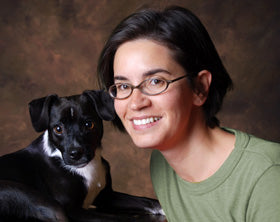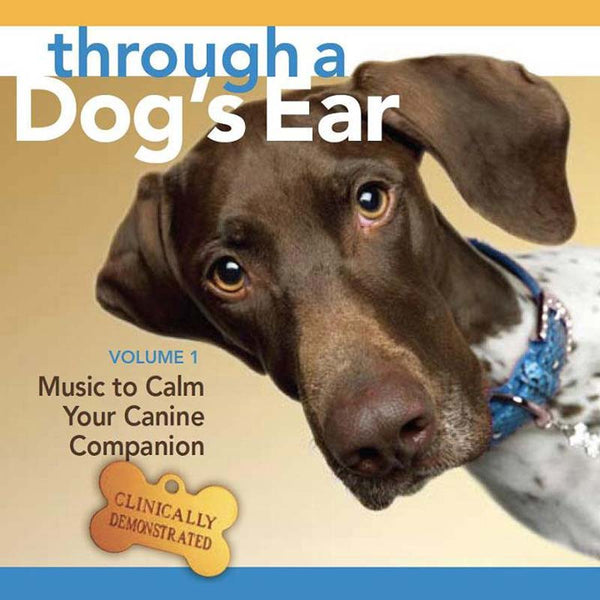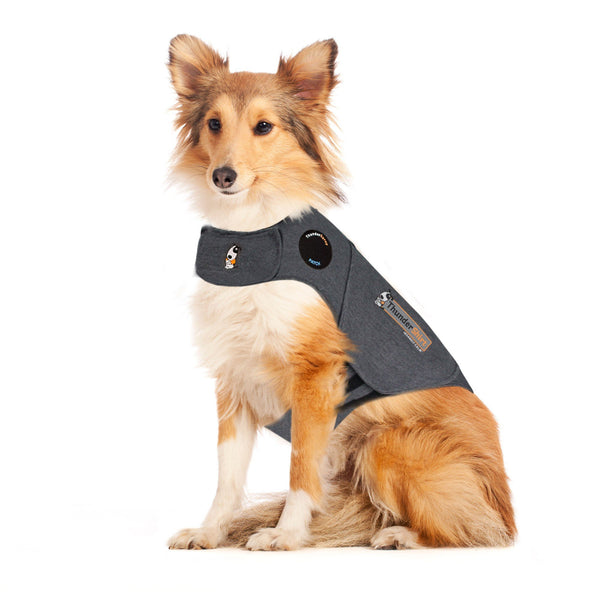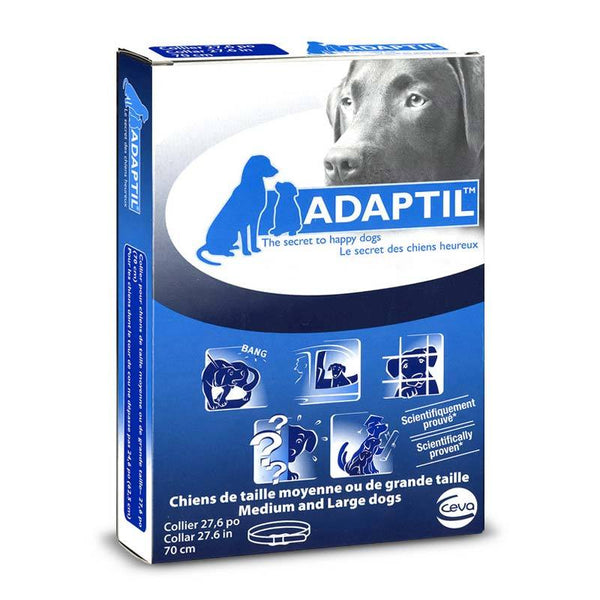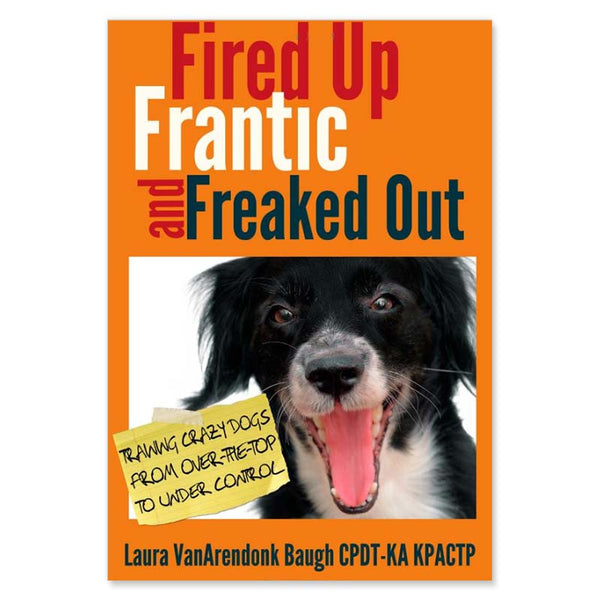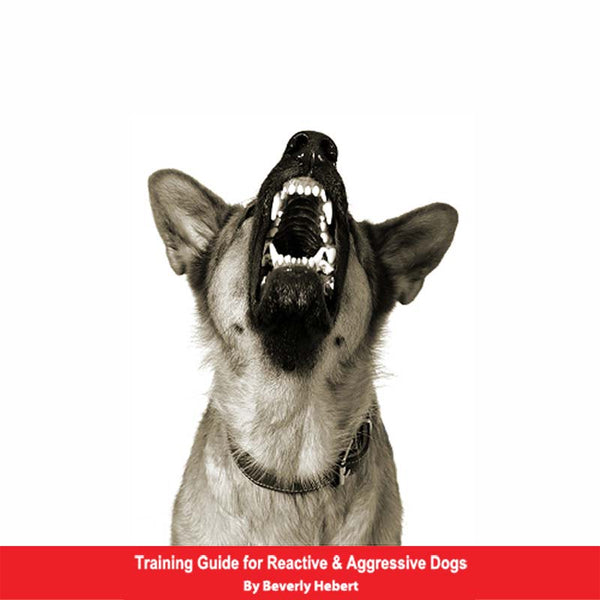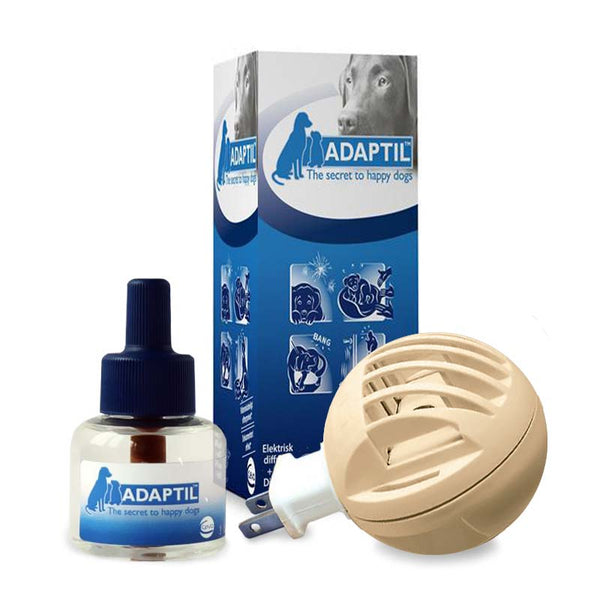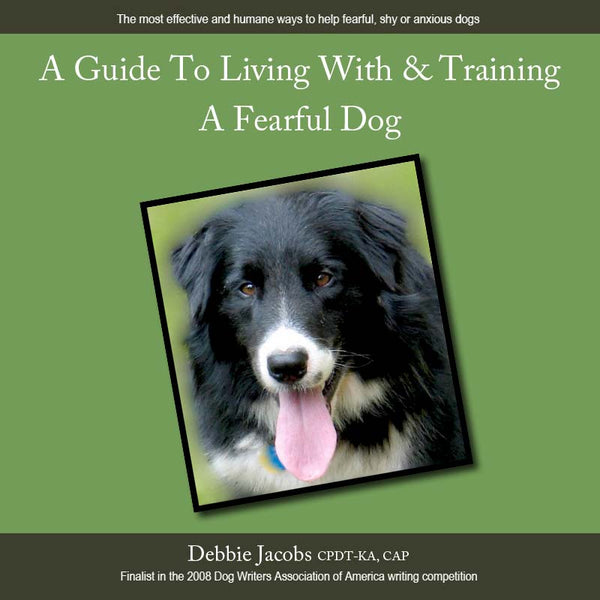Think Like a Dog Trainer. Part 1: Relaxing with Your Dog
By Jess Rollins
Copyright Info
I will do my best in this multi-part article to alert you to the many of the potential pitfalls of living with an untrained dog in your home and how to best cope with them. In each description of a potential problem, I will outline how you can prevent it, how to teach good behavior, and what to do as an immediate response if you find yourself in a situation where you need to quickly stop him from misbehaving. Ideally, you will proactively prevent your dog's misbehavior and hence will not have many "Ack, STOP that!" moments. Using the "immediate responses" below more than a time or two each day could set back your training efforts with your dog and prevent him from learning how to behave politely. Therefore, if you find yourself relying on them too heavily, simply increase the prevention you are doing and make sure that your rewards for good behavior are truly rewarding to him. The immediate responses below are designed to interrupt your dog without either rewarding his misbehavior or frightening him.
Part 1: While relaxing and playing together
It is well worth the effort to puppy-proof the room in which you will spend the most of your time relaxing with your dog and family. Using a tether, may help to prevent misbehavior by limiting his choices of activity to relaxing and chewing on a toy. Make sure he has something to chew on at all times to keep him busy. Reward calm behavior by giving him a pat or a treat.
Some common dog misbehaviors to be prepared for and recommendations on how to deal with them are below:
Furniture chewing
If your dog learns how much better his own chew toys are than your furniture you will be free to enjoy your dog around the finest antiques!
- Prevent: BITTER* (*For more explanation of words in all capitals see the table at the bottom of the page) or TETHER or CHEWIES or all three!
- Immediate response: REMOVE-DOG
- Teach: REWARD-CHEW and LEAVE-IT
Damaging the carpet
Left to his own devices, he may decide to chew, dig or relieve himself on your carpeting!
- Prevent: BITTER or TETHER and CHEWIES
- Immediate response: REMOVE-DOG
- Teach: REWARD-CHEW, LEAVE-IT and HOUSETRAIN
Digging in, chewing on, peeing on, or eating indoor plants
- Prevent: REMOVE-ITEM. Many houseplants are toxic to dogs. The best way to prevent this potentially messy and dangerous activity is to keep them out of reach. Some of the most common toxic houseplants are Amaryllis and Azalea. For a full and up to date list try searching the internet for "toxic houseplant dog".
- Immediate response: REMOVE-DOG
- Teach: REWARD-CHEW, LEAVE-IT for plants and HOUSETRAIN
Chewing electrical cords
- Prevent: REMOVE-ITEM
- Immediate response: INTERRUPT then REMOVE-DOG
- Teach: DANGEROUS
Destroying books, magazines and decorative items
Dogs tend to really enjoy chewing paper products.
Wagging tails and boisterous puppy moments can spell doom for your collection of priceless porcelain!
- Prevent: REMOVE-ITEM and CHEWIES
- Immediate response: REMOVE-DOG
- Teach: REWARD-CHEW and LEAVE-IT
Housetraining (potty) accidents
- Prevent: Keep him in an area that is small enough to encourage him to "hold it".
- Immediate Response: ACCIDENT
- Teach: HOUSETRAIN
Getting up on furniture?
It is up to you to decide whether your dog is allowed on furniture. As a dog trainer, I think that for most dogs, allowing them on the bed or furniture is fine. However, there are some extra-challenging dogs that need strong leadership and for these it may be best to reserve furniture privileges as a reward for good behavior. The hints below are for those that would like to keep their dog off of the furniture.
- Prevent: Use a gate or tether to prevent his access to the furniture or place an upside down carpet runner over the furniture.
- Immediate response: REMOVE-DOG then reward him with attention while he relaxes where you would like him to.
- Teach: Show him how much better it is to be on the floor or on his own bed by rewarding him when he is in either of these places. You can also teach him to get off of the furniture when you ask: Say something like "Go" and toss a treat on the floor. Next, say the word "Go" and only pretend to throw a treat "“ this will be your new hand signal for "Go". Toss the treat to him when he gets off the furniture to chase the imaginary one. Now you can use this cue to get him off of the bed when he gets grumpy.
Nipping in play
It's absolutely normal and healthy for dogs and puppies to put their mouths on you to play. It it important to teach them to do so gently and then only on your terms.
- Prevent: Play with the puppy with a toy in your hand.
- Immediate response: Say "ouch" and then leave your puppy for a few minutes. It may help to tether your pup for this lesson so that he won't follow you when you leave.
- Teach: Practice playing with your puppy, saying "ouch" and then leaving him a bit when he bites too hard and continuing to play when he bites gently or not at all.
Mounting (humping)
This can happen with male and female dogs whether neutered or not.
- Immediate response: Leave your pup for a few minutes to show him this is not the way to get attention. It may help to tether your pup for this lesson so that he won't follow you when you leave.
- Teach your dog that he can get you to pay attention and play with him by laying down, sitting or being calm.
| Instructions: | |
| ACCIDENT | Clap your hands to interrupt your dog and then take him outside to finish. Once you have returned inside you can decide how to keep him more confined so that you won't have another accident. Clean the area with a pet-specific cleaner. |
| BITTER | Apply a taste deterrent to objects that you don't want him to chew. |
| CHEWIES | Convince him to chew his toys instead of your valuables by supplying plenty of edible chew toys or by coating or stuffing his toys with food. |
| DANGEROUS | The danger posed by chewing cords is too great to risk relying on training to keep your dog safe. Instead focus on prevention. |
| DROP-IT | Ask him to "drop it". If he does not yet know "drop it", show him a treat to induce him to open his mouth. If he still won't release the item, force his mouth open gently and then reward him for allowing you to do this. |
| HOUSETRAIN | Teach him to relieve himself where you would like him to and prevent accidents in the meantime. Housetraining article. |
| LEAVE-IT | Click here to learn to teach your dog to "leave it". |
| INTERRUPT | Say "Hey!" loudly and clap your hands to interrupt what he is doing. Then take a couple of running steps away to entice him to follow you from the area. |
| REMOVE-DOG | Encourage him to follow you from the area or lead him away by his collar or drag-line. Grabbing his collar may be frightening if he senses your annoyance. Diffuse this by talking in a silly voice as you approach. Then focus on adding more prevention and rewards for good behavior. |
| REMOVE-ITEM | Put items out of reach. If this is not possible, use gates, a tether or a door to keep him away. |
| REWARD-CHEW | Reward him with a treat or attention when you see him chewing on his toys. |
| TETHER | Attach him to a tether out of reach of mischief. |
Think Like a Dog Trainer Series. Part 2: Too Many Cooks in the Kitchen




